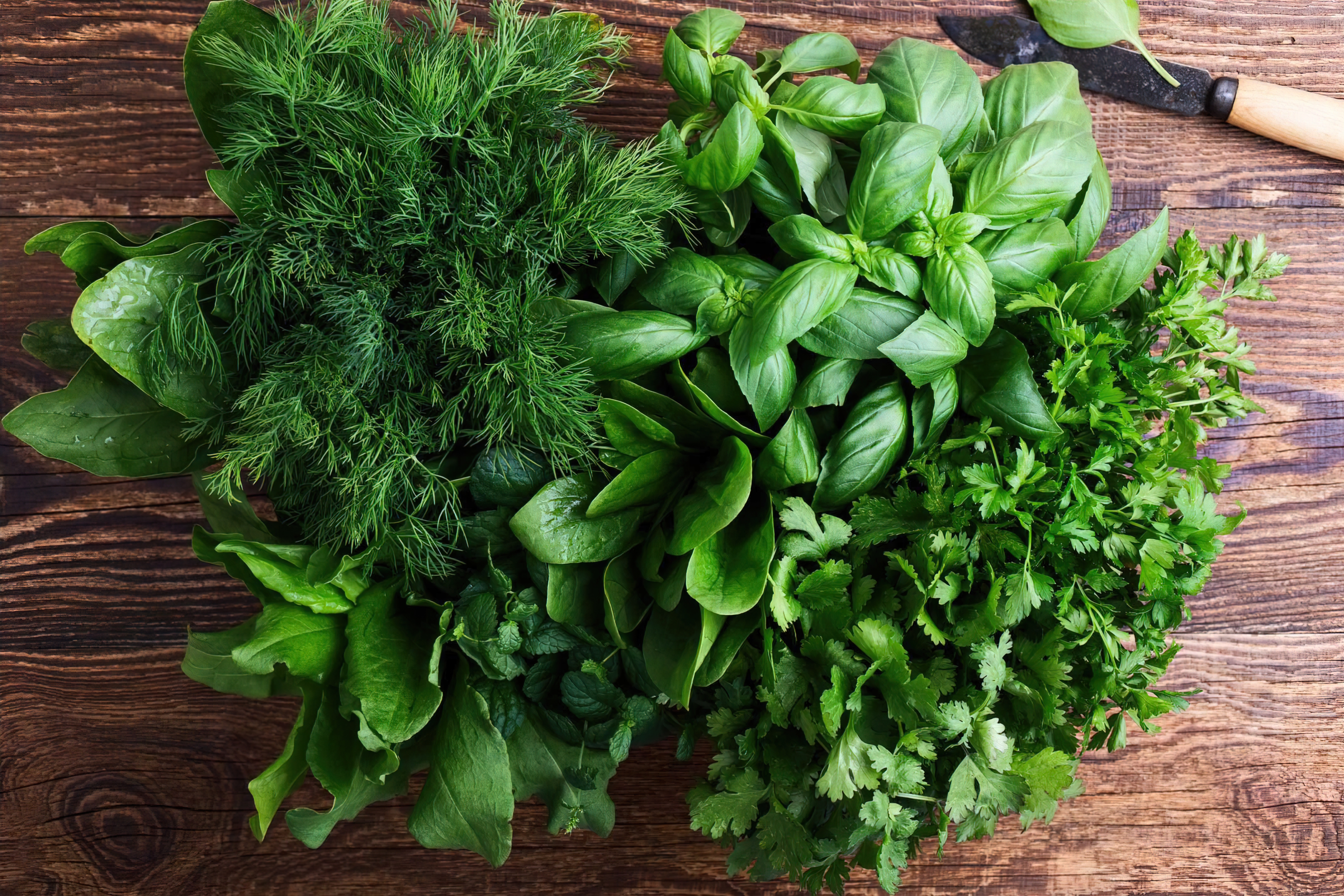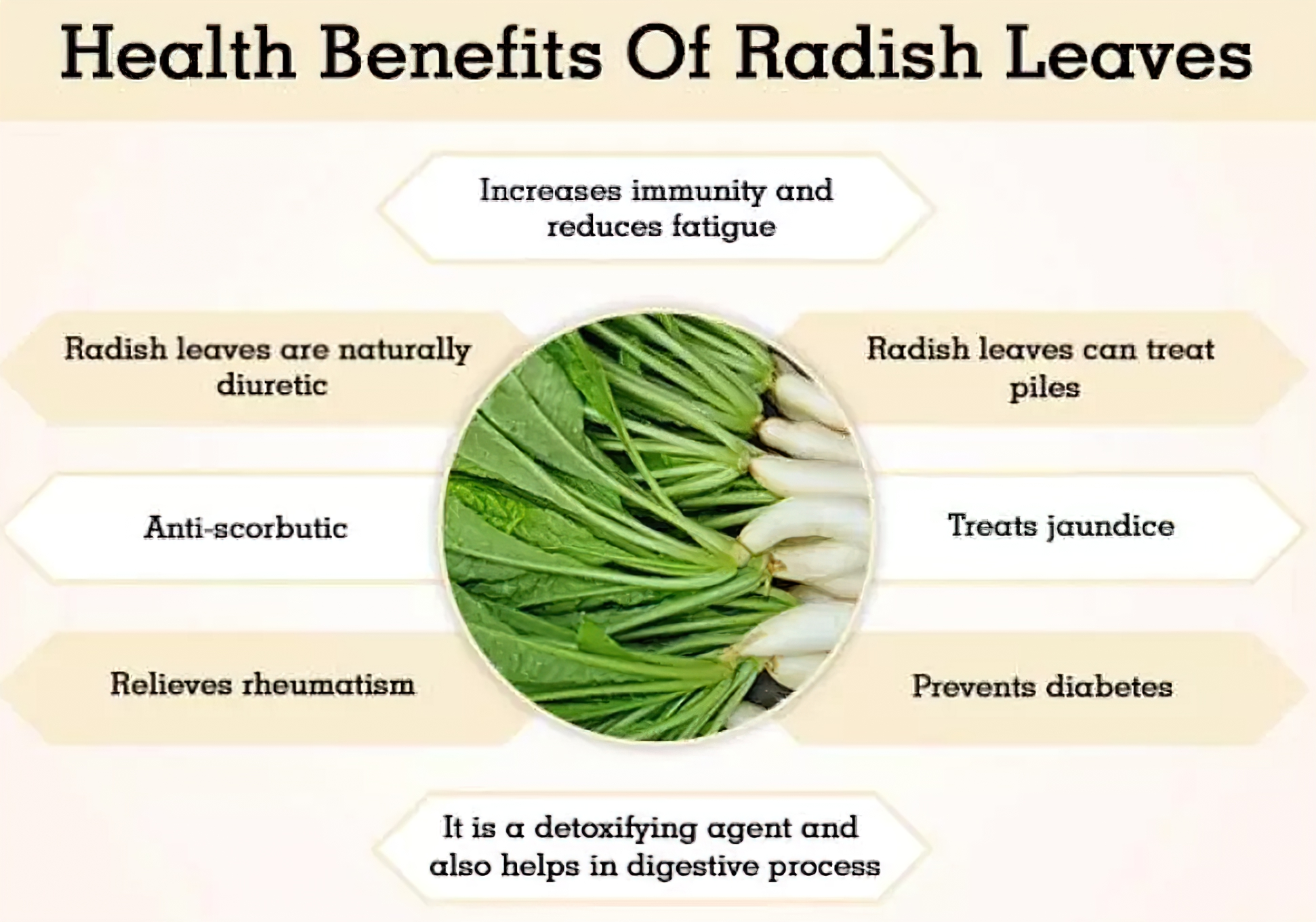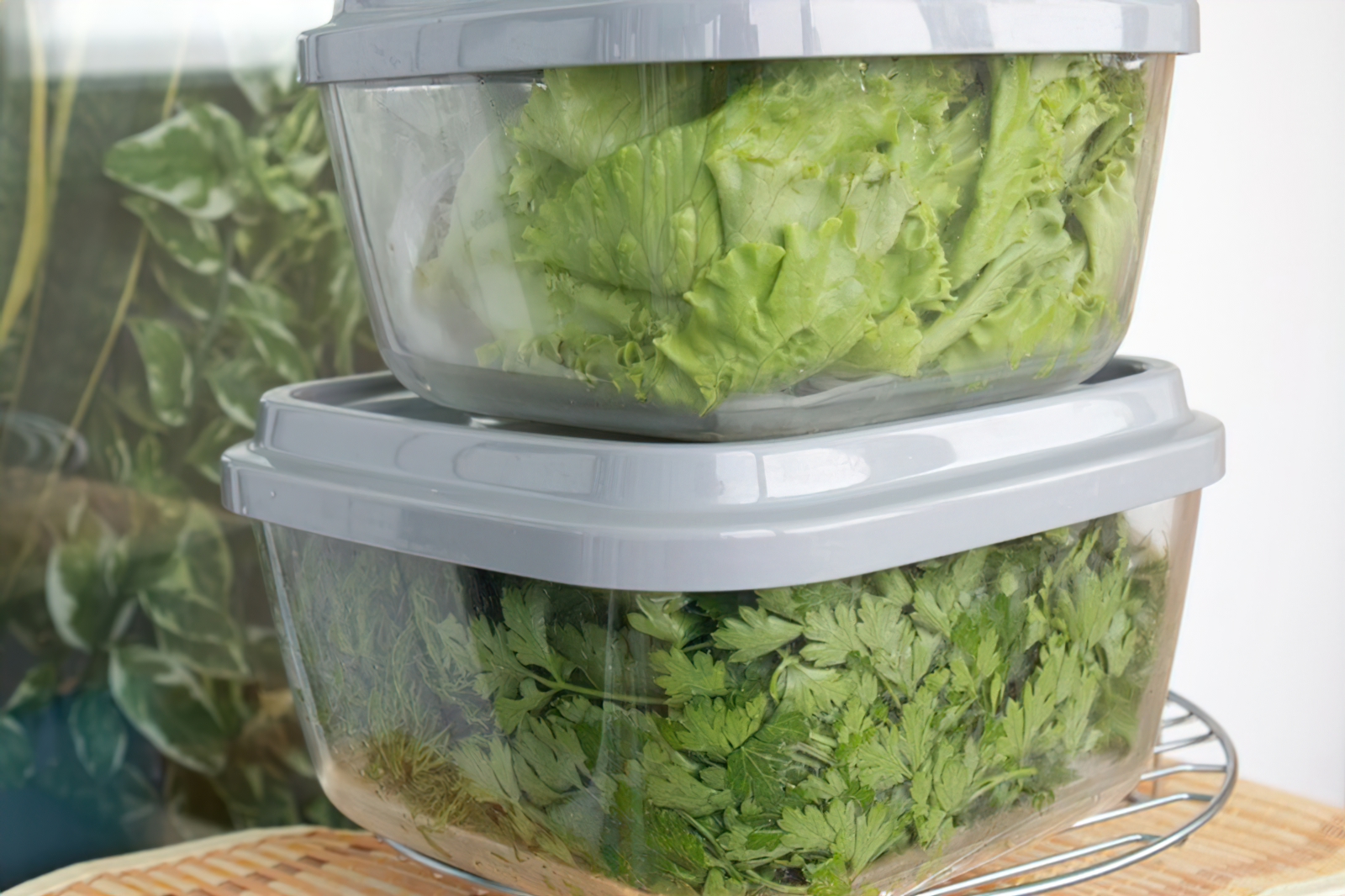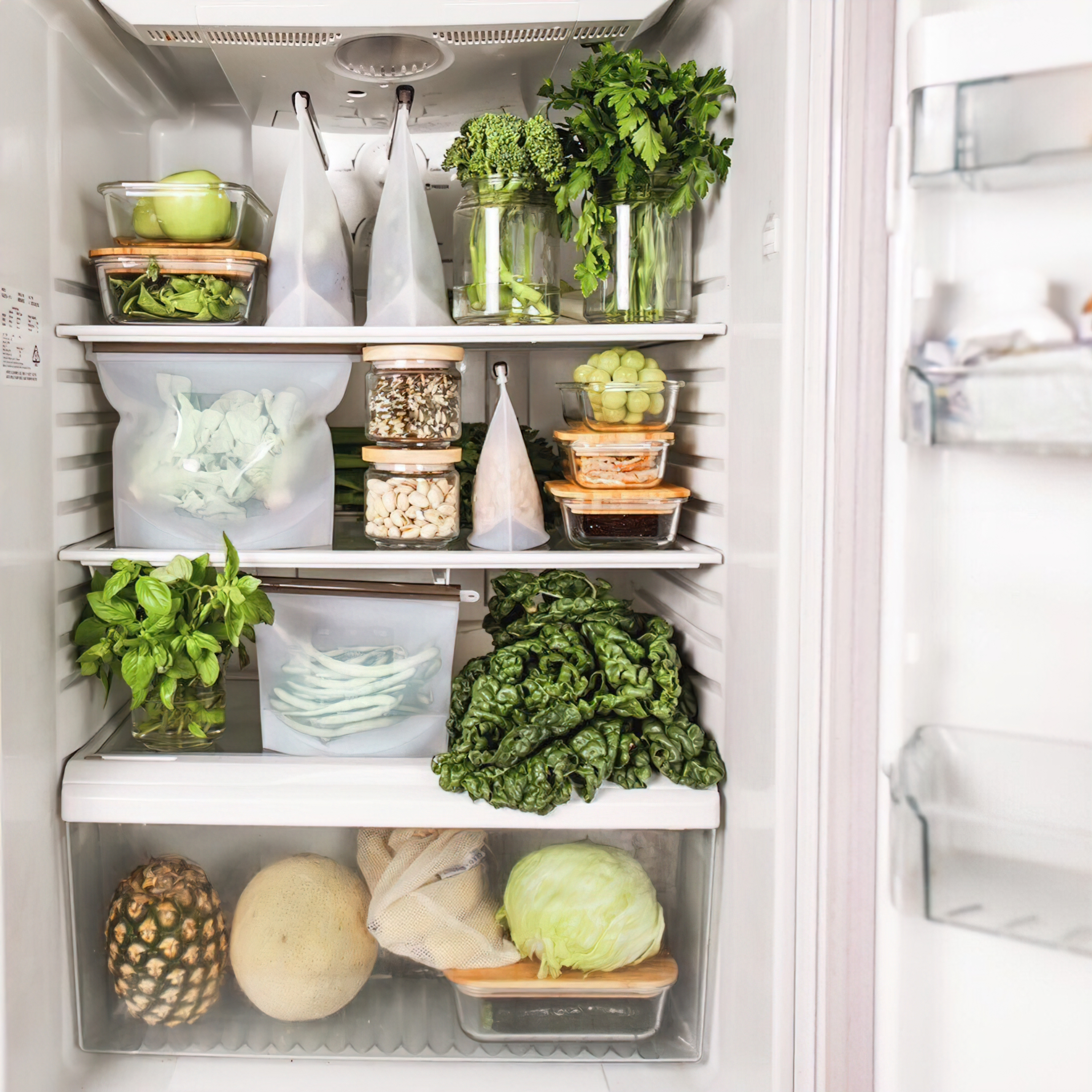Leafy greens have long been celebrated for their remarkable nutritional profile and versatility in the kitchen. As a cornerstone of a healthy diet, these nutrient-packed powerhouses are packed with vitamins, minerals, and antioxidants. This article will delve into the health benefits of incorporating leafy greens into your daily meals, share practical tips on how to choose, store, and prepare them, and discuss their impact on the environment. Embark on this journey with us as we explore the world of leafy greens and learn how to harness their potential to elevate your culinary experience and overall well-being.
-
Content
Introduction to Leafy Greens

Leafy greens are a crucial part of a healthy diet and come in many different shapes, sizes, and flavors. From spinach and kale to collard greens and chard, these nutrient-packed vegetables can improve your health and enhance the taste of your meals. In this article, we’ll explore the health benefits of leafy greens and provide tips on incorporating them into your culinary repertoire.
-
The Nutritional Powerhouses: Health Benefits of Leafy Greens

Leafy greens are low in calories and high in vitamins, minerals, and antioxidants. Here are some of the key health benefits:
- Rich in vitamins A, C, and K: These vitamins are essential for maintaining healthy skin, strong bones, and proper immune function.
- High in fiber: Fiber helps to improve digestion, regulate blood sugar levels, and maintain a healthy weight.
- Packed with antioxidants: Antioxidants protect our cells from damage caused by free radicals, which may lower the risk of chronic diseases.
- Good source of calcium: Leafy greens can help support bone health, as they are an excellent source of calcium.
- Boosts brain health: The high levels of folate and vitamin K in leafy greens may contribute to better brain function and memory.
-
Delicious Ways to Use Leafy Greens in Your Cooking
Adding leafy greens to your diet can be easy and enjoyable with these simple tips:
- Salads: Mix different types of leafy greens for a nutrient-dense salad. Top with your favorite protein and healthy dressing for a complete meal.
- Smoothies: Blend leafy greens with fruits, yogurt, and ice for a refreshing and nutritious smoothie.
- Stir-fries: Sauté leafy greens with garlic, onions, and your favorite protein for a quick and healthy meal.
- Soups and stews: Add chopped leafy greens to soups or stews for an extra boost of nutrients and flavor.
- Pesto: Swap basil for leafy greens like spinach or kale to create a unique and tasty pesto sauce.
- Wraps and sandwiches: Use large leafy greens like collard greens or lettuce as a wrap or add them to sandwiches for extra crunch and nutrition.
-
Storing and Preparing Leafy Greens for Optimal Freshness

To keep your leafy greens fresh and ready for use, follow these storage tips:
- Wash and dry the greens thoroughly before storing them in an airtight container or plastic bag with a paper towel to absorb excess moisture.
- Store them in the crisper drawer of your refrigerator to maintain optimal humidity levels.
- Use your leafy greens within a week to ensure the best flavor and nutritional value.
-
Growing Your Own Leafy Greens

If you’re interested in having a constant supply of fresh, organic leafy greens, consider growing your own at home. Many leafy greens are easy to grow and can be cultivated in containers, raised beds, or even indoors. Here are some tips for growing your own leafy greens:
- Choose the right variety: Some leafy greens, like spinach and lettuce, grow well in cooler temperatures, while others, like collard greens and Swiss chard, prefer warmer weather. Research the best varieties for your climate and growing conditions.
- Select the right location: Most leafy greens require at least 6 hours of sunlight per day. Make sure to choose a location with adequate sunlight and well-draining soil.
- Plant at the right time: Plant your leafy greens according to the recommended planting schedule for your region. This usually means planting in early spring or late summer for cooler season greens and in late spring or early summer for warmer season greens.
- Water and fertilize: Keep the soil consistently moist but not waterlogged. Use a balanced organic fertilizer to ensure optimal growth.
- Harvest properly: Harvest your leafy greens when they are young and tender for the best flavor and texture. Regular harvesting encourages new growth, so you can enjoy a continuous supply of fresh greens.
-
Leafy Greens and Sustainability
Incorporating more leafy greens into your diet is not only beneficial for your health but also for the environment. Leafy greens have a lower environmental impact compared to other crops and animal-based foods, as they require less water, land, and resources to grow. Additionally, they can be grown locally, reducing the need for transportation and associated greenhouse gas emissions.
By eating more leafy greens and even growing your own, you can contribute to a more sustainable food system and help protect the environment for future generations.
In summary, leafy greens are incredibly versatile and nutritious ingredients that can be easily integrated into your diet. From their numerous health benefits to their positive impact on the environment, there’s no denying the power of these humble vegetables. So, go ahead and start experimenting with different leafy greens in your cooking, and enjoy the delicious flavors and improved well-being they bring to your table.

